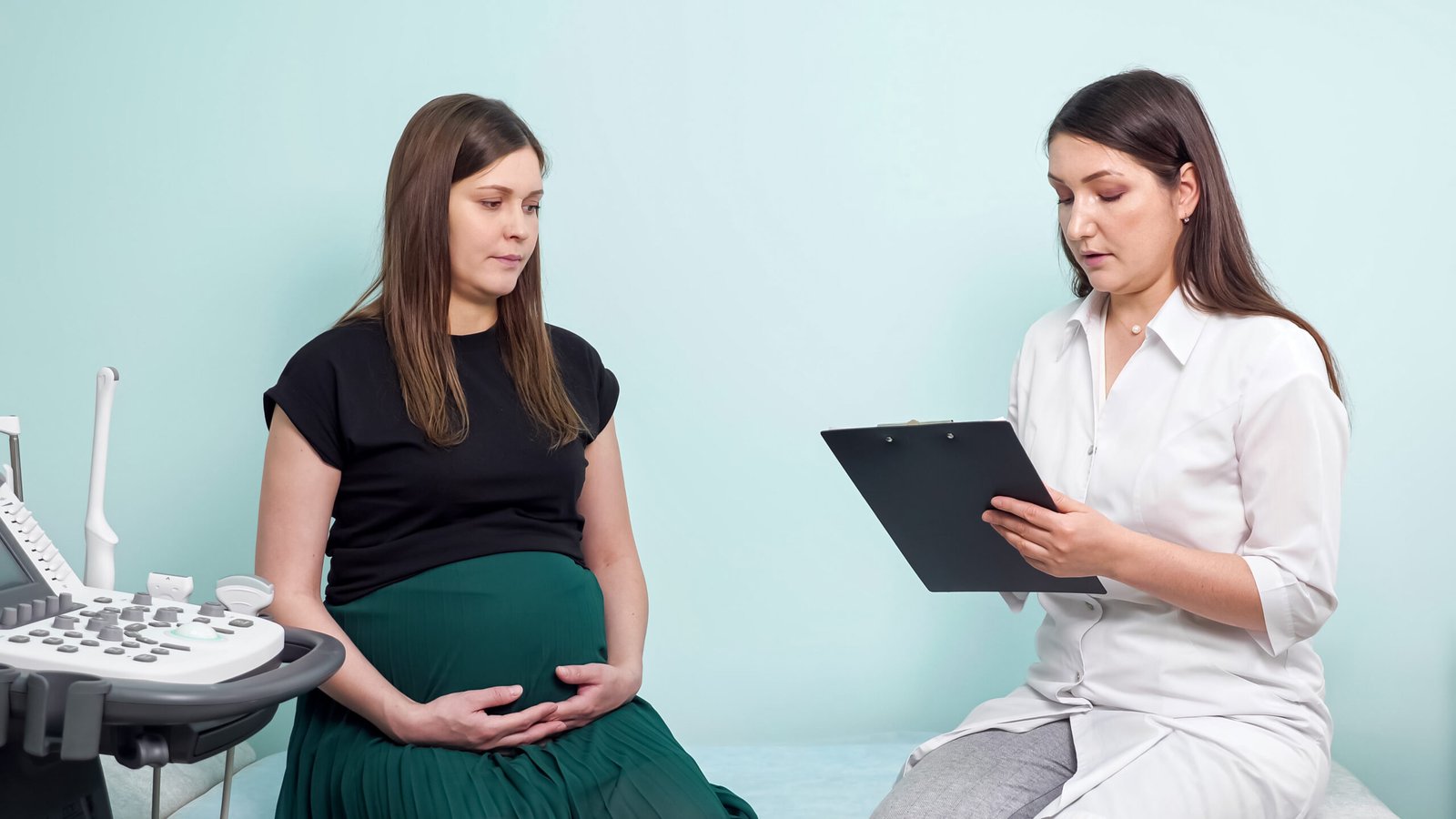
Every expecting mother hopes for a smooth and healthy pregnancy. While this is true for many, some women may face complications that make their pregnancy high-risk. A high-risk pregnancy can bring emotional and physical challenges, but with the right care, most women still go on to deliver healthy babies.
All pregnancies carry some level of risk, but a high-risk pregnancy is one where the health or life of the mother, baby, or both may be at increased risk due to specific medical or obstetric conditions. It requires closer monitoring and specialized care.
Approximately 6–8% of pregnancies are classified as high-risk. While this number may seem small, the complications can be significant. However, with proper management, many women with high-risk pregnancies can still achieve positive outcomes.
A high-risk pregnancy may be identified:
Before conception, if pre-existing conditions are known.
During early pregnancy, based on medical history and routine screening.
Later in pregnancy, if complications arise.
Routine tests and assessments in the first and second trimesters (10–20 weeks) can help identify many risk factors early.
History of Recurrent Miscarriages:
Women with two or more miscarriages are at increased risk. Causes may include hormonal imbalances, autoimmune issues, or uterine anomalies.
Abnormal Amniotic Fluid Levels:
Oligohydramnios (too little fluid) may restrict fetal growth or complicate delivery.
Polyhydramnios (too much fluid) can lead to preterm labor and pressure on maternal organs.
Placental Abnormalities:
Placenta accreta spectrum: Abnormally deep attachment of the placenta to the uterine wall.
Placental abruption: Premature separation of the placenta, causing bleeding and risk to the fetus.
HELLP Syndrome:
A severe form of preeclampsia involving Hemolysis, Elevated Liver enzymes, and Low Platelets. It can be life-threatening for both mother and baby if not promptly treated.
Chromosomal Abnormalities:
Conditions like Down syndrome or trisomy 18 can be detected via prenatal screening. Nearly 86% of first-trimester miscarriages are linked to chromosomal errors.
Genetic Syndromes:
Inherited conditions like Fragile X syndrome, thalassemia, or sickle cell disease can affect fetal development.
Fetal Growth Restriction (FGR/IUGR):
When the baby doesn’t grow at the expected rate, often due to placental insufficiency or maternal conditions.
Hypertension:
Chronic high blood pressure increases the risk of preeclampsia, stroke, placental abruption, and low birth weight.
Diabetes (Pre-existing or Gestational):
Can increase the risk of congenital malformations, macrosomia (large baby), preterm labor, and stillbirth.
Blood Clotting Disorders:
Conditions like thrombophilia can lead to placental blood flow issues, increasing the risk of miscarriage or preeclampsia.
Autoimmune or Rheumatologic Diseases:
Diseases like lupus or rheumatoid arthritis may cause pregnancy loss, preterm birth, or fetal heart block.
Infections:
HIV, cytomegalovirus, toxoplasmosis, and hepatitis B/C can be passed to the baby. Proper treatment (e.g., ART for HIV) reduces transmission risks significantly.
Substance Use (Smoking, Alcohol):
Can cause miscarriage, stillbirth, fetal alcohol syndrome, and premature birth.
Other Chronic Conditions:
Kidney disease, heart disease, cancer, or uterine fibroids can also complicate pregnancy and may need specialized care.
Maternal Age:
Advanced maternal age (≥35 years) is linked with higher risk of chromosomal anomalies and pregnancy complications.
Very young mothers (<17 years) are also at higher risk of anemia, preterm birth, and poor fetal outcomes.
Seek immediate medical attention if you experience:
Persistent or severe abdominal pain
Decreased or no fetal movement
Excessive swelling (face, hands, or legs)
Vaginal bleeding or unusual discharge
Fever above 100.4°F (38°C)
Blurred vision, severe headache, or chest pain
Painful urination
Pelvic pain or cramps
Shortness of breath or fainting
High blood pressure readings
Redness in limbs or unexplained fatigue
Evaluation includes:
– Blood & Urine Tests:
Detect infections (e.g., HIV, hepatitis B), anemia, gestational diabetes, thyroid issues, and kidney function.
– Ultrasound Scans:
Assess fetal growth, amniotic fluid, placental health, and structural anomalies.
– Biophysical Profile (BPP):
Combines ultrasound and fetal heart rate monitoring to evaluate the baby’s well-being.
– Non-Stress Test (NST):
Measures fetal heart rate in response to movements, often used after 28 weeks.
– Genetic Screening & Diagnostic Tests:
May be recommended based on family history or previous outcomes.
Regular checkups help monitor maternal and fetal well-being, detect complications early, and modify treatment plans when needed.
Control of conditions like diabetes, hypertension, or thyroid disorders with medications deemed safe in pregnancy.
Timely interventions like steroid administration for lung maturity in preterm risk cases
Balanced, nutritious diet
Appropriate physical activity (as advised by your doctor)
Avoidance of smoking, alcohol, or unprescribed drugs
Managing stress through mindfulness, yoga, or counseling
Depending on your condition, your doctor will guide you on:
Timing of delivery (preterm or full term)
Mode of delivery (vaginal or cesarean)
Ensuring access to NICU if required
A planned delivery helps manage risks like postpartum hemorrhage, fetal distress, or preterm labor.
Being labeled “high-risk” can feel overwhelming, but it does not necessarily mean your pregnancy will be complicated. With timely medical care, lifestyle adjustments, and close monitoring, the vast majority of high-risk pregnancies result in healthy outcomes.
At Aveya Fertility Center, our team is committed to walking beside you at every step—providing expert care, emotional support, and personalized management to ensure the best possible experience for you and your baby.
Factors like age, chronic health conditions, multiple pregnancies, or previous complications can increase risks to the mother or baby.
Yes, many high-risk pregnancies result in normal vaginal deliveries with proper care and monitoring.
Not necessarily. Only if the baby needs special care (e.g., preterm birth, breathing issues), NICU admission may be required.
Not always. Each pregnancy is different, and many women have uncomplicated pregnancies after a high-risk one.
Immediately consult your doctor if you notice warning signs like severe pain, bleeding, or reduced fetal movement—early intervention can save lives.
Reviewed by Dr. Arzoo Chadha